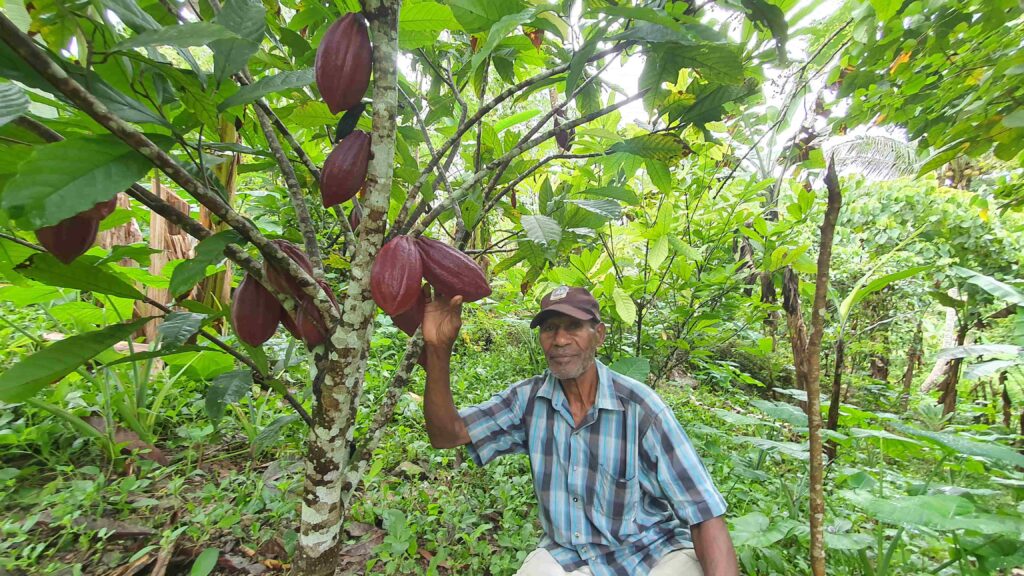Indonesia is not only the world’s third-largest cocoa producer but also an increasingly important hub for processed cocoa products such as cocoa powder, butter, and nibs. As global cocoa markets face volatility, Indonesia’s role continues to grow. In 2025, several key trends are shaping the country’s cocoa industry, from sustainability initiatives to downstream innovation.
Here’s a closer look at the most important Indonesian cocoa trends for 2025 and beyond.
1. Value-Added Processing Gains Momentum
Rather than relying solely on raw bean exports, Indonesia is shifting its focus to processed cocoa products. Cocoa powder, butter, and mass are in high demand globally, and Indonesia is emerging as a reliable supplier. This move helps the country capture more export value while supporting manufacturers seeking stable supply chains.
2. Growing Downstream and Artisan Chocolate Sector
Indonesia now ranks third globally in processed cocoa exports, supported by more than 900 chocolate manufacturers. The bean-to-bar movement is thriving, with artisan chocolatiers bringing Indonesian cocoa to premium markets. This downstream growth not only boosts exports but also stimulates local consumption and branding opportunities.
3. Declining Raw Production Creates Urgency
Despite its strong position in processing, Indonesia’s raw cocoa production is declining. Aging plantations (over 60% of cocoa trees are older than 20 years) and pest challenges are reducing yields. Replanting and farmer support programs are becoming critical to ensure long-term supply stability.
4. Sustainability and Traceability at the Forefront
With the EU Deforestation Regulation (EUDR) and other global sustainability standards, Indonesia is investing in traceability systems and certifications. Farmers are adopting agroforestry practices, and the government has introduced digital dashboards to track sustainable commodities, ensuring compliance and boosting buyer confidence.
5. Adapting to Climate Change of Indonesia Cocoa
Climate change poses risks to cocoa farming with unpredictable rainfall and pests. To adapt, Indonesian farmers are using disease-resistant varieties, pruning, grafting, and organic fertilizers. These innovations help build a resilient and sustainable cocoa sector for the future.
6. Expanding Export Markets from Indonesia Cocoa
Beyond traditional destinations like the US and Europe, Indonesian cocoa exports are reaching Asia-Pacific, Middle East, and Africa. Importers in India, Russia, and Australia are turning to Indonesia for reliable cocoa supply, creating new trade opportunities.
7. Riding the Wave of Global Price Volatility
With global cocoa prices reaching record highs in 2024–2025, buyers are looking for diversified sources of supply. Indonesia is benefiting from this shift, as global manufacturers seek cost-efficient and reliable alternatives amid supply shortages from West Africa.
Conclusion
The Indonesian cocoa industry is at a transformative stage. From processing advancements and artisan chocolate growth to sustainability initiatives and export diversification, the sector is evolving rapidly. For importers, investors, and chocolate manufacturers, these Indonesian cocoa trends highlight both challenges and exciting opportunities.
👉 Whether you’re looking for traceable cocoa powder, sustainable goods, or custom blends, Indonesian cocoa is positioned to play a leading role in the future of global cocoa supply.

